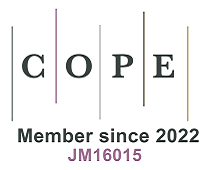fig6

Figure 6. (A) ELF and the structure models and adsorption energy values for absorbing H2O2 based on DFT calculation of CN and CNQDs. (B) Schematic illustration of the strategy for the preparation of CNQDs with NVs in propylene glycol under sonication: CNQDs can efficiently kill bacteria by binding to bacteria through cellular internalization and simultaneously generating ROS by their POD-like catalysis. (Reproduced with permission[25]. Copyright 2023, Springer Nature). (C) Schematic illustration of the self-tailoring strategy for the preparation of atomically thin Cu-CNNDs. (D) Energy profile diagram for H2O2 reduction on CNNDs and Cu-CNNDs. The blue, gray, red, white, and orange balls refer to the N, C, O, H, and Cu atoms, respectively. (Reproduced with permission[103]. Copyright 2023, Wiley-VCH).










